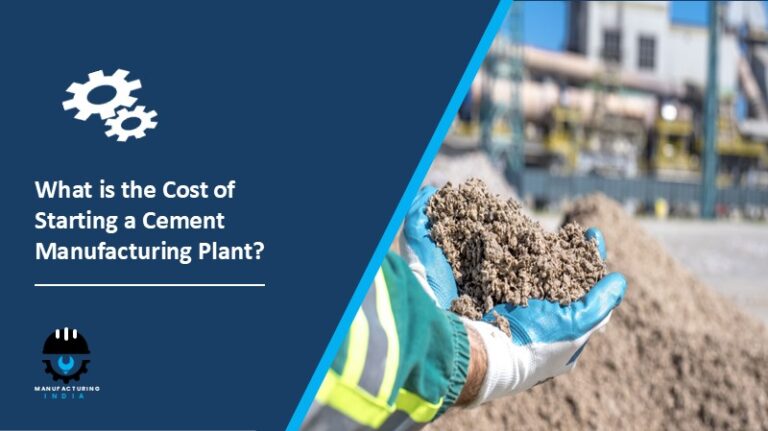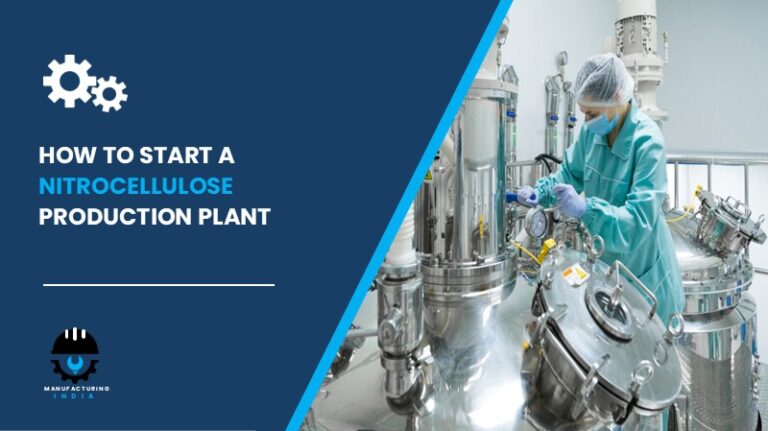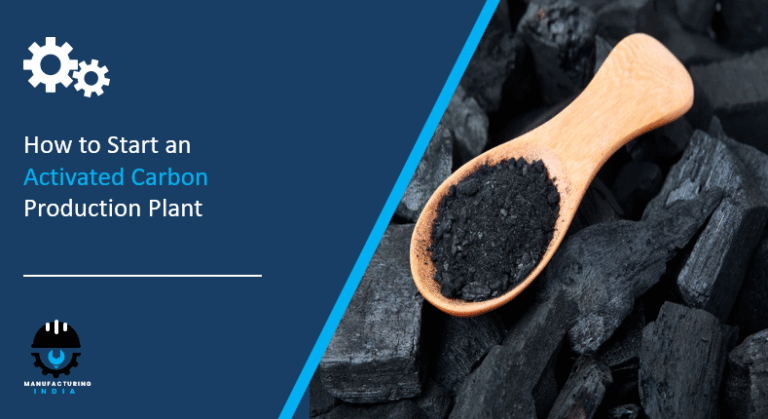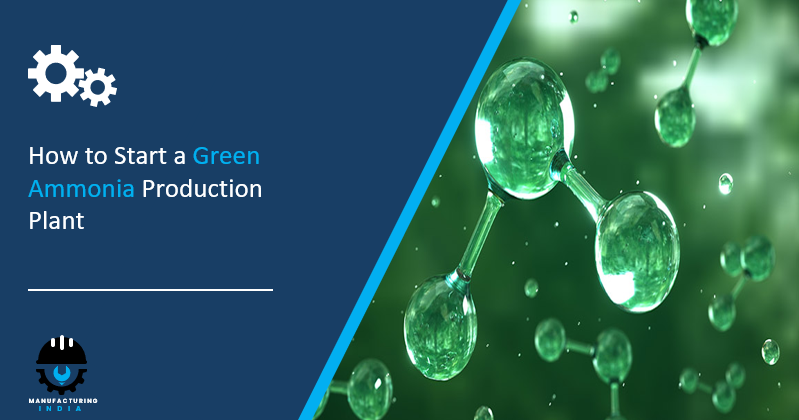
The green ammonia production industry is experiencing significant growth as the global economy transitions toward sustainable energy solutions and carbon-neutral industrial processes. Green ammonia, produced using renewable energy and eliminating carbon emissions, has emerged as a critical component in decarbonizing agriculture, energy storage, maritime fuel, and chemical production. Establishing a green ammonia production plant presents a transformative business opportunity for entrepreneurs looking to capitalize on the expanding clean energy and sustainable agriculture markets.
The green ammonia industry serves diverse applications including carbon-free fertilizer production, hydrogen carrier for energy storage, marine fuel for shipping decarbonization, and feedstock for chemical manufacturing. From agricultural operations to power generation, industrial processes to transportation sectors, the demand for zero-emission ammonia continues rising. This comprehensive guide explores the essential cost components and considerations for establishing a successful green ammonia production facility.
Step 1: Conducting Market Research and Feasibility Study
Analyzing the Market:
Begin by thoroughly researching your target market segments including fertilizer manufacturers, shipping companies, energy storage developers, hydrogen economy participants, and industrial chemical consumers. The green ammonia market encompasses various applications such as sustainable agriculture, power-to-X solutions, maritime fuel, and chemical synthesis.
Understanding regional renewable energy availability, carbon pricing mechanisms, and decarbonization commitments helps identify profitable market opportunities. Analyze competitor offerings, pricing strategies, offtake agreements, and technology differentiation approaches. Research emerging trends like ammonia cracking for hydrogen, direct ammonia fuel cells, and integrated renewable energy systems.
Regional factors significantly impact plant viability—facilities near abundant renewable energy resources benefit from lower electricity costs and improved project economics, while locations with strong industrial infrastructure provide better access to water, grid connections, and logistics networks.
Evaluate different production scales from pilot demonstration facilities to large industrial plants supplying regional or international markets. Consider integration options such as co-locating with renewable energy generation, existing ammonia infrastructure, or end-user facilities to optimize economics.
Request for a Sample Report: https://www.imarcgroup.com/green-ammonia-manufacturing-plant-project-report/requestsample
Step 2: Business Plan Development
Develop a comprehensive business plan outlining your production strategy, target markets, manufacturing capacity, and financial requirements. Address sustainability certifications and carbon accounting that attract environmentally-conscious buyers, governments, and industrial partners as customers.
Business Model: Determine whether to focus on merchant production, captive consumption, offtake agreements, or integrated renewable energy development with ammonia production and storage capabilities.
Funding Strategy: Outline potential funding sources including project finance, green bonds, climate investment funds, government decarbonization incentives, or strategic partnerships with energy companies. Consider phased development approaches allowing technology validation before full-scale deployment.
Production Capacity: Define target manufacturing volume based on market demand, renewable energy availability, and competitive positioning. Consider starting with modular capacity before scaling to industrial production levels.
Marketing and Sales Strategy: Develop plans for securing long-term offtake agreements, establishing relationships with agricultural distributors, marine fuel suppliers, and chemical manufacturers. Consider certification programs for carbon-free and renewable credentials.
Risk Assessment: Identify potential challenges including renewable energy intermittency, electrolyzer technology maturity, hydrogen production costs, policy and regulatory uncertainties, and competition from conventional ammonia production.
Step 3: Navigating Legal Requirements and Obtaining Necessary Permits
Compliance with regulatory frameworks ensures smooth operations and market acceptance. Key requirements include:
Business Registration: Establish appropriate company structure complying with chemical manufacturing regulations, environmental laws, and business requirements in your jurisdiction.
Manufacturing Licenses: Obtain industrial production licenses, chemical facility permits, and hazardous materials handling certifications from relevant authorities.
Environmental Clearances: Secure approvals for chemical production operations, water usage and discharge, atmospheric emissions, and emergency response planning.
Safety Certifications: Pursue process safety management certifications, hazardous materials handling standards, pressure vessel certifications, and occupational safety compliance demonstrating responsible operations.
Carbon and Sustainability Verification: Obtain carbon accounting certifications, renewable energy credits, sustainability standards, and environmental product declarations validating green production claims.
Step 4: Selecting an Optimal Location and Developing Infrastructure
Location selection critically impacts operational efficiency and profitability. Consider:
Renewable Energy Availability: Access to abundant and reliable renewable electricity from wind, solar, hydro, or hybrid sources ensures competitive hydrogen production costs and carbon-free operations.
Water Resources: Sufficient water supply for electrolysis and process cooling, with consideration for water treatment requirements and environmental impacts.
Industrial Infrastructure: Proximity to electrical grid connections, gas pipeline networks, port facilities for ammonia export, and existing chemical industrial complexes.
Land Requirements: Sufficient space for renewable energy generation or connections, electrolyzer facilities, air separation units, Haber-Bosch synthesis reactors, ammonia storage tanks, utilities infrastructure, safety buffer zones, and administrative buildings.
Step 5: Procuring Advanced Machinery and Technology Systems
Investing in appropriate production equipment ensures operational efficiency and product quality. Essential technology includes:
Hydrogen Production Systems:
- Water electrolysis equipment (alkaline, PEM, or solid oxide)
- Water purification and treatment systems
- Hydrogen compression and purification
- Renewable energy integration and power management
Nitrogen Production Equipment:
- Air separation units for nitrogen extraction
- Nitrogen purification and compression
- Buffer storage systems
- Quality control instrumentation
Ammonia Synthesis Systems:
- Haber-Bosch reaction vessels
- High-pressure synthesis loops
- Catalyst systems and management
- Heat recovery and integration equipment
Storage and Handling Infrastructure:
- Refrigerated or pressurized ammonia storage tanks
- Loading and unloading facilities
- Safety and containment systems
- Distribution and transportation equipment
Utilities and Support Systems:
- Cooling water systems
- Process control and automation
- Safety and emergency shutdown systems
- Monitoring and optimization platforms
Raw Material and Consumable Requirements:
- Purified water supply
- Catalyst materials
- Maintenance consumables
- Safety and protective equipment
Step 6: Building a Skilled Workforce
Recruiting qualified personnel ensures operational excellence and safety. Key roles include:
Technical Leadership:
- Plant managers with chemical process expertise
- Process engineers specializing in ammonia synthesis
- Safety managers with hazardous materials experience
- Renewable energy integration specialists
Operations Team:
- Electrolyzer operators trained in hydrogen production
- Synthesis plant operators with high-pressure experience
- Maintenance technicians for specialized equipment
- Control room operators for process monitoring
Support Functions:
- Environmental compliance specialists
- Quality assurance and carbon accounting professionals
- Supply chain and logistics coordinators
- Research and optimization engineers
Step 7: Implementing the Production Process
The green ammonia production process involves integrated clean energy systems:
Renewable Energy Integration:
- Renewable electricity supply management
- Grid connection and backup systems
- Power quality and stability control
- Load balancing and optimization
Hydrogen Generation:
- Water purification and preparation
- Electrolysis operation and monitoring
- Hydrogen purification to synthesis grade
- Compression and storage management
- Continuous production optimization
Nitrogen Production:
- Air intake and filtration
- Cryogenic or membrane separation
- Nitrogen purification and drying
- Compression to synthesis pressure
- Quality verification
Ammonia Synthesis:
- Feedstock preparation and ratio control
- High-pressure, high-temperature reaction
- Catalyst management and regeneration
- Heat recovery and energy optimization
- Product separation and purification
Product Management:
- Ammonia cooling and condensation
- Storage at appropriate conditions
- Quality testing and certification
- Safety monitoring and compliance
- Distribution and logistics coordination
Step 8: Establishing Marketing and Distribution Channels
Building strong market presence requires multi-stakeholder approaches:
Direct Sales Channels:
- Long-term offtake agreements with fertilizer producers
- Marine fuel supply contracts with shipping companies
- Industrial chemical supply relationships
- Power sector and energy storage partnerships
Distribution Networks:
- Pipeline connections to existing ammonia infrastructure
- Port facilities for international export
- Trucking and rail logistics for domestic distribution
- Strategic partnerships with established ammonia distributors
Marketing Strategies:
- Carbon footprint documentation and certification
- Sustainability reports and transparency initiatives
- Industry conference participation and thought leadership
- Pilot projects and demonstration partnerships
- Digital presence highlighting environmental benefits
Step 9: Ensuring Compliance with Safety and Environmental Standards
Green ammonia production requires rigorous attention to safety and environmental protection:
Process Safety:
- Hazard analysis and risk assessment
- Emergency response procedures
- Ammonia leak detection and mitigation
- Pressure system integrity management
- Employee training and competency programs
Environmental Management:
- Water usage optimization and recycling
- Minimal atmospheric emissions
- Noise control measures
- Biodiversity and ecosystem protection
- Climate impact verification and reporting
Step 10: Planning for Future Expansion and Innovation
Once operations stabilize, focus on growth opportunities:
Capacity Expansion:
- Additional electrolyzer and synthesis capacity
- Geographic expansion to new renewable energy regions
- Vertical integration into downstream applications
- Export market development
Innovation Development:
- Advanced electrolyzer technologies
- Process optimization and efficiency improvements
- Novel applications like ammonia-to-power systems
- Integration with emerging hydrogen economy infrastructure
- Carbon capture integration if using alternative production methods
The green ammonia production business offers substantial growth potential with proper planning, technology selection, and market positioning. As the world transitions to sustainable energy and carbon-neutral industrial processes, green ammonia stands at the intersection of agriculture, energy, and transportation decarbonization, presenting unique opportunities for forward-thinking entrepreneurs and established industrial players alike.
